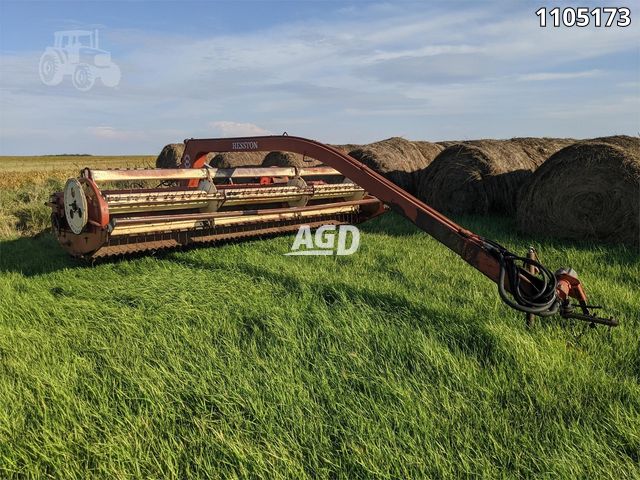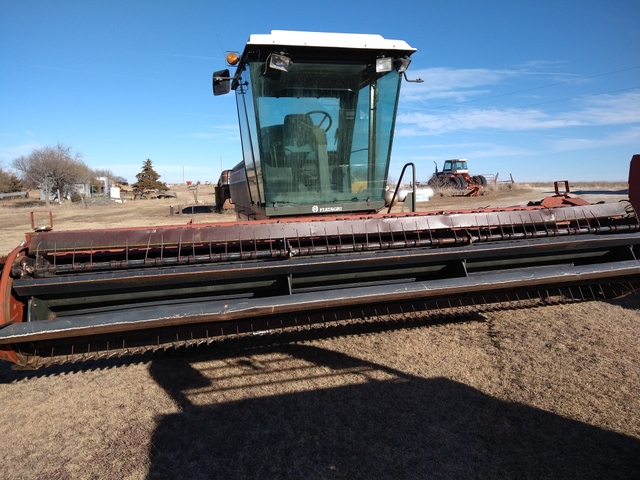
Check your owner’s manual for the manufacturer’s recommendations on blade-change intervals, and be sure to stock up on replacement blades before hay season starts. Blades must be sharp to cut the forage cleanly and to minimize stem and leaf shattering. Proper blade maintenance is critical to achieving a good cut.Here are tips from Morrell for maximizing tonnage of high-quality hay with any mower or mower conditioner model: Second, you don’t want to leave any crop behind, and it’s also important to minimize dirt in the crop.” “First, you want a good, clean cut that will leave the plants with as little stem damage as possible, so they’re ready for quick regrowth. “No matter what machine is being used, there are several things people should strive for when they cut hay,” explains Morrell. Disc mowers offer the advantage of allowing hay to be cut earlier in the morning or later in the evening, when better leaf moisture means less loss of nutrient-rich leaves. Modern sickle-type or disc-type mowers, windrowers and swathers are capable of cutting forage crops fast and cleanly, leaving a smooth, even windrow that maximizes crop dry-down. The demands of the environment and the individual operation also will influence the choice in equipment used.

As daytime air temperatures rise, sugar content in the plant decreases, so cutting later in the morning or early afternoon results in lower hay quality. Research has shown that hay quality is higher when hay is cut while the sugar content remains higher in the plant. “Cutting hay is often dictated by the environment and the hay-drying conditions, but a general rule is to cut after the dew is gone and when topsoil is dry, to reduce soil compaction and facilitate better drying of the crop,” says Dean Morrell, AGCO product marketing manager for Hesston by Massey Ferguson hay products and a 35-year-veteran of the quality-hay business. Following are some helpful reminders as producers go into the 2013 production season.


Timing, technique and equipment all play important roles in success. Whether producing hay for your own use or to sell, making the most of the available crop begins with cutting. Aftermarket stubby knife guard to fit most common Macdon, CNH, John Deere, Agco, MF and Heston mower conditioners, windrowers and cutting platforms.This heat treated stubby knife guard is designed to increase cutting abilities in tougher crops such as Canola by revealing more of the cutting edge.With alfalfa acres uncertain after the 2012 drought and both grass and alfalfa hay inventories low in many areas, brisk demand for high-quality hay is expected again in 2013.


 0 kommentar(er)
0 kommentar(er)
